Growing Electric Vehicle Adoption
The shift towards electric vehicles (EVs) is significantly influencing the Automotive Smart Display Market. As more consumers opt for EVs, the need for sophisticated displays that provide essential information about battery status, charging locations, and energy consumption becomes increasingly critical. The market for automotive displays in electric vehicles is anticipated to grow at a CAGR of around 12% over the next five years. This growth is fueled by the necessity for drivers to have access to real-time data that enhances their driving experience and optimizes energy usage. Consequently, the Automotive Smart Display Market is adapting to meet the unique requirements of the evolving electric vehicle landscape.
Increased Focus on Safety Features
Safety remains a paramount concern in the automotive sector, driving innovations within the Automotive Smart Display Market. Displays that provide critical information, such as speed, navigation, and alerts, are becoming essential for enhancing driver safety. The integration of advanced driver-assistance systems (ADAS) with smart displays allows for real-time monitoring of vehicle surroundings, thereby reducing the likelihood of accidents. Market data suggests that the demand for safety-oriented displays is expected to rise, with projections indicating a market share increase of approximately 15% by 2025. This focus on safety not only meets regulatory requirements but also aligns with consumer expectations, further propelling the Automotive Smart Display Market.
Regulatory Compliance and Standards
Regulatory frameworks and standards are playing a crucial role in shaping the Automotive Smart Display Market. Governments worldwide are implementing stringent regulations aimed at improving vehicle safety and environmental sustainability. These regulations often mandate the inclusion of advanced display technologies that provide critical information to drivers. For instance, displays that facilitate hands-free operation and minimize distractions are becoming increasingly necessary to comply with safety standards. As a result, manufacturers are compelled to innovate and enhance their display offerings to meet these regulatory requirements. The Automotive Smart Display Market is likely to see a surge in demand for compliant technologies, which could lead to a more standardized approach across the sector.
Integration of Advanced Technologies
The Automotive Smart Display Market is experiencing a notable surge due to the integration of advanced technologies such as augmented reality (AR) and artificial intelligence (AI). These technologies enhance the functionality of smart displays, providing drivers with real-time information and navigation assistance. For instance, AR can overlay navigation prompts directly onto the road view, improving situational awareness. The market for automotive displays is projected to reach approximately 30 billion USD by 2026, driven by these technological advancements. Furthermore, the incorporation of voice recognition and gesture control systems is likely to enhance user interaction, making driving safer and more intuitive. As manufacturers increasingly adopt these technologies, the Automotive Smart Display Market is poised for substantial growth.
Rising Demand for Enhanced User Experience
Consumer preferences are shifting towards vehicles that offer a superior user experience, significantly impacting the Automotive Smart Display Market. Modern drivers expect intuitive interfaces that seamlessly integrate with their digital lives. This demand has led to the development of displays that support smartphone connectivity, enabling features such as navigation, music streaming, and communication. According to recent estimates, the user experience-focused segment of the automotive display market is expected to grow at a compound annual growth rate (CAGR) of over 10% through 2027. As automakers prioritize user-centric designs, the Automotive Smart Display Market is likely to witness an influx of innovative solutions aimed at enhancing driver satisfaction and engagement.
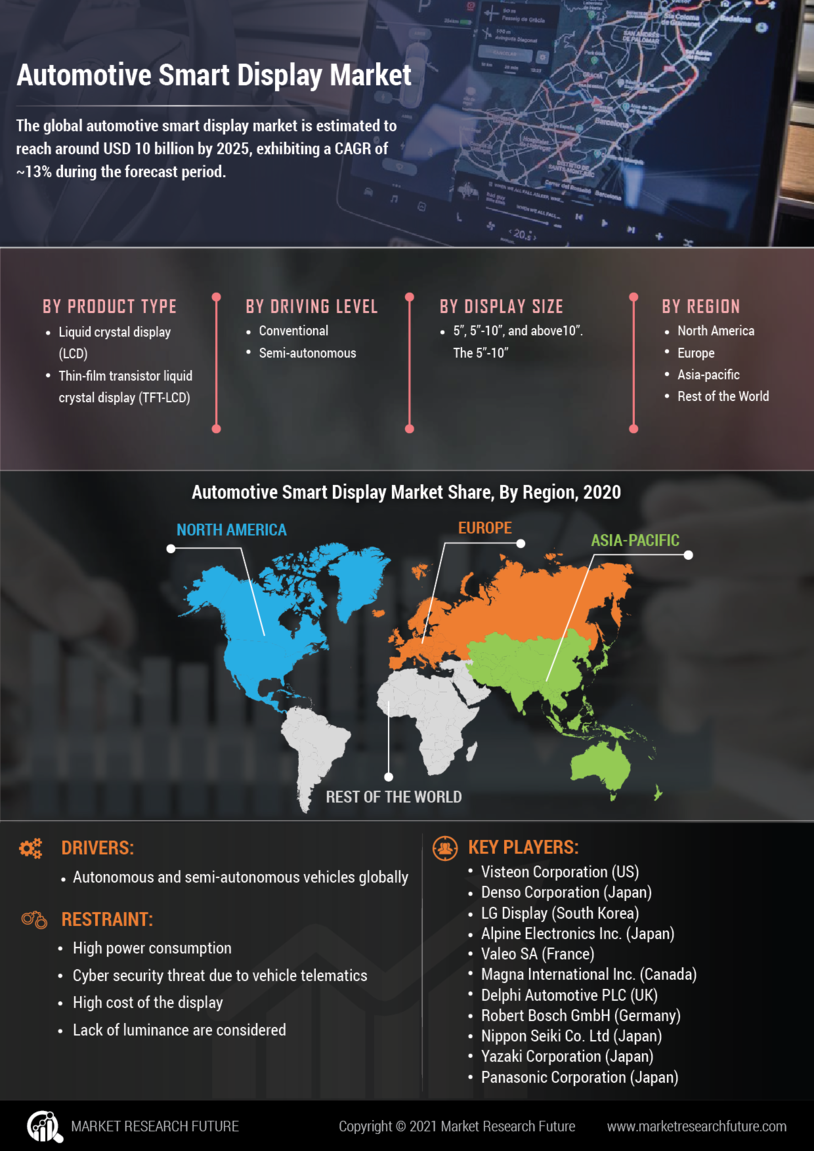

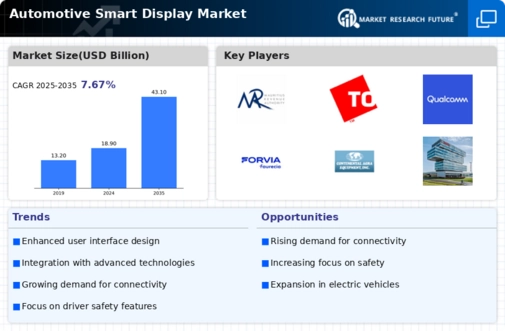
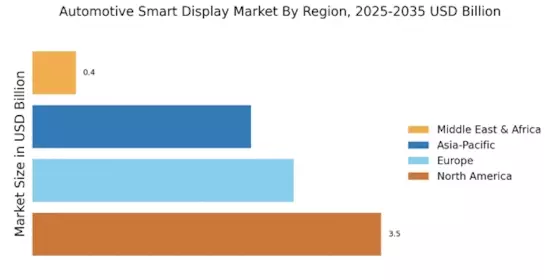

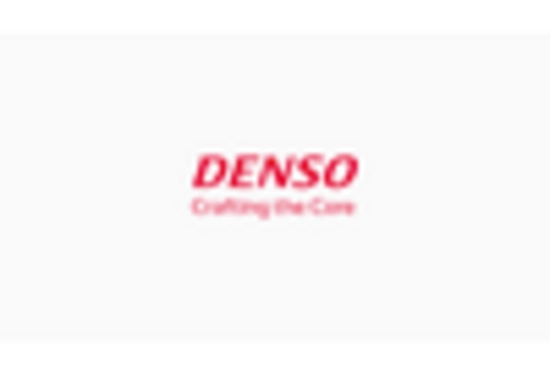
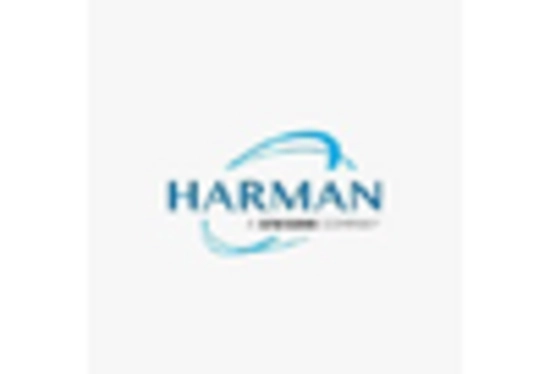
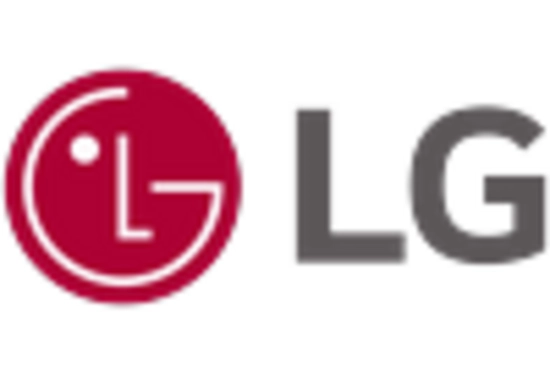
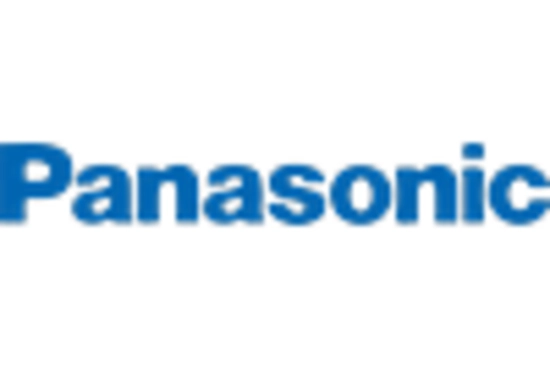
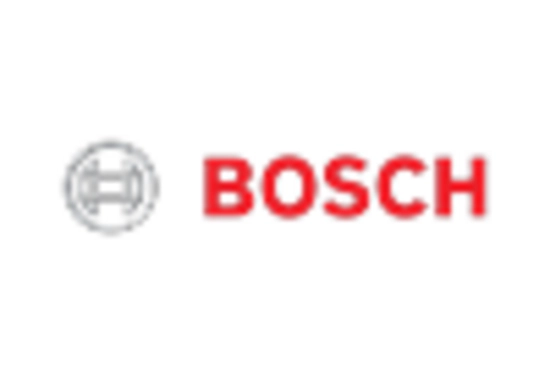








Leave a Comment